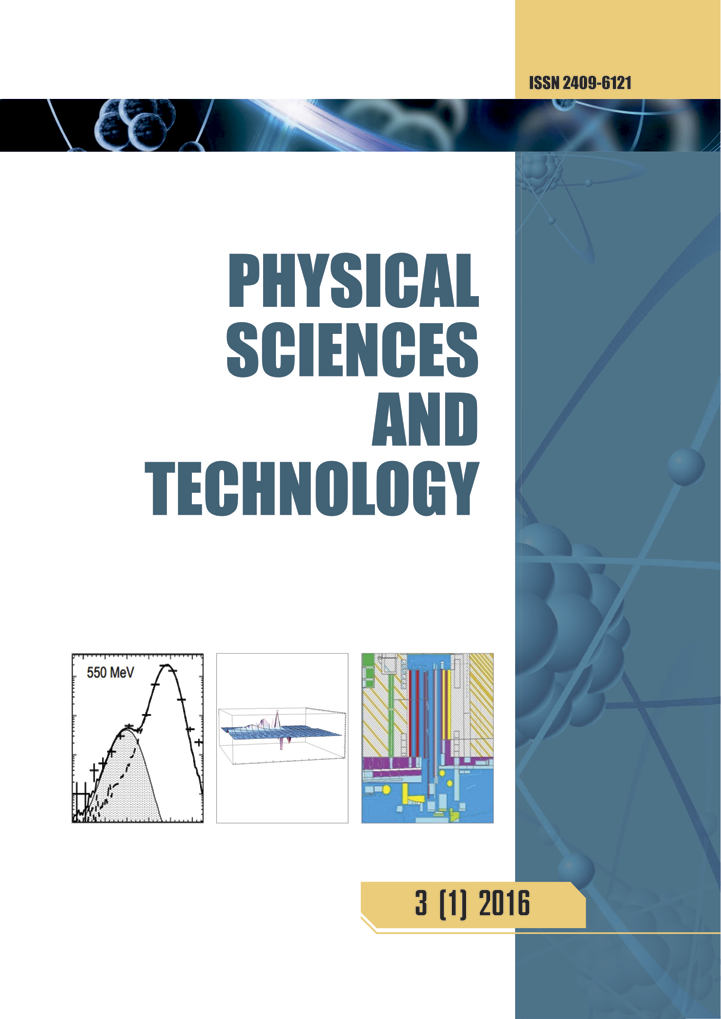Monitoring the distribution of radon isotopes and their decay products in Almaty
DOI:
https://doi.org/10.26577/phst2024v11i2b01Abstract
This paper examines the relationship between indoor radon accumulation and the concentration of its decay products in the soil to comprehensively assess the impact on public health, as high indoor radon concentrations have been clearly shown to increase the risk of lung cancer, making it a serious public health problem. Indoor radon concentration, gamma and beta activity of soil samples were studied in Almaty at a distance of 27 m to 1500 m from the tectonic fault. It was found that indoor radon concentration CRn decreases with increasing distance to the tectonic fault. The indoor radon activity concentration ranged from 6.23 to 405.21 Bq/m3 with a geometric mean of 38.9 Bq/m3. The specific activity in the selected soil samples was measured using the SPUTNIK-99 spectrometric setup. The results showed that beta activity varied in the range from 191.67±28.75 to 275.32±41.30 Bq/kg and gamma activity from 112.51±16.88 to 451.60±67.74 Bq/kg. Radon concentration also shows a good correlation with the gamma activity of the collected soil samples. The correlation coefficient was 0.79 for "CRn-Gamma" and 0.58 for "CRn-Beta", and the correlation analysis was done using Pearson's correlation tools.




